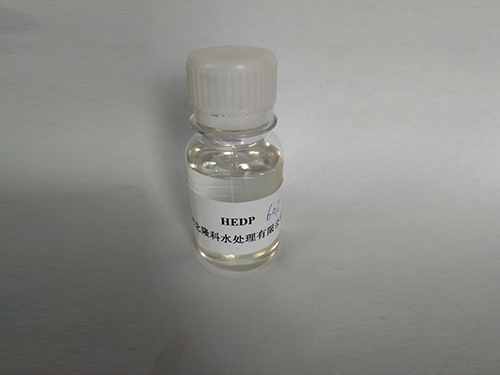Understanding the Processes of Coagulation and Flocculation in Water Treatment Systems
Coagulation and Flocculation Essential Processes in Water Treatment
Water is a vital resource for all forms of life, yet its availability is often compromised by contaminants. Coagulation and flocculation are two critical processes used in water treatment to remove particulates, pathogens, and other harmful substances, ensuring that water is clean and safe for consumption. Understanding these processes is essential for engineers and environmental scientists who strive to provide quality water to communities around the globe.
Coagulation is the first step in the water treatment process. It involves the addition of coagulants—chemicals that promote the aggregation of suspended particles. Common coagulants include aluminum sulfate (alum), ferric chloride, and polyaluminum chloride. When these chemicals are added to water, they neutralize the electrical charges that keep particles suspended. In natural water bodies, organic matter, dirt, and microorganisms are negatively charged. This charge prevents them from clumping together. By neutralizing these charges, coagulants enable particles to come into closer contact with one another, facilitating the formation of larger aggregates.
Once coagulation has taken place, the next step is flocculation. Flocculation is a gentle stirring or mixing process that encourages the newly formed clumps of particles, known as flocs, to collide and bind together into larger aggregates. This occurs in specially designed flocculation tanks, where the flow of water is carefully controlled to allow adequate mixing without disrupting the flocs that have formed. The size of the flocs is crucial; larger flocs settle more easily during the subsequent sedimentation phase, which is essential for effective purification.
The effectiveness of coagulation and flocculation depends on several factors, including the type and concentration of coagulants used, the pH of the water, temperature, and the characteristics of the suspended particles. For optimal results, operators must carefully monitor and adjust these parameters. For instance, the pH can significantly influence the charge of particles and the performance of coagulants; thus, maintaining the correct pH is crucial for effective coagulation.
coagulation and flocculation

Following the flocculation process, the water moves to the sedimentation stage, where gravity allows the larger flocs to settle at the bottom of a sedimentation tank, forming a sludge layer. This sludge is subsequently removed, while the clearer water above is siphoned off for further treatment or distribution. The clean water now typically undergoes additional processes, such as filtration and disinfection, to ensure it meets health standards.
In recent years, advancements in technology have enhanced the coagulation and flocculation processes
. Innovations such as enhanced coagulation—where coagulants are optimized based on the specific characteristics of the water—have improved efficiency. Additionally, bio-coagulants derived from natural materials are being explored as environmentally friendly alternatives to traditional chemicals, presenting a promising direction for sustainable water treatment practices.The importance of coagulation and flocculation cannot be overstated. Globally, clean water scarcity is a pressing issue, and effective treatment processes can play a significant role in mitigating this challenge. By harnessing the principles of coagulation and flocculation, engineers and water treatment professionals can ensure that communities have access to safe and clean drinking water, thereby improving public health and quality of life.
In summary, coagulation and flocculation are fundamental processes in water treatment that help to remove contaminants and ensure that drinking water is safe. By carefully managing these processes and adopting new technologies, we can safeguard this precious resource for future generations and tackle water quality issues worldwide.
-
Water Treatment with Flocculant Water TreatmentNewsJun.12,2025
-
Polymaleic AnhydrideNewsJun.12,2025
-
Polyaspartic AcidNewsJun.12,2025
-
Enhance Industrial Processes with IsothiazolinonesNewsJun.12,2025
-
Enhance Industrial Processes with PBTCA SolutionsNewsJun.12,2025
-
Dodecyldimethylbenzylammonium Chloride SolutionsNewsJun.12,2025





